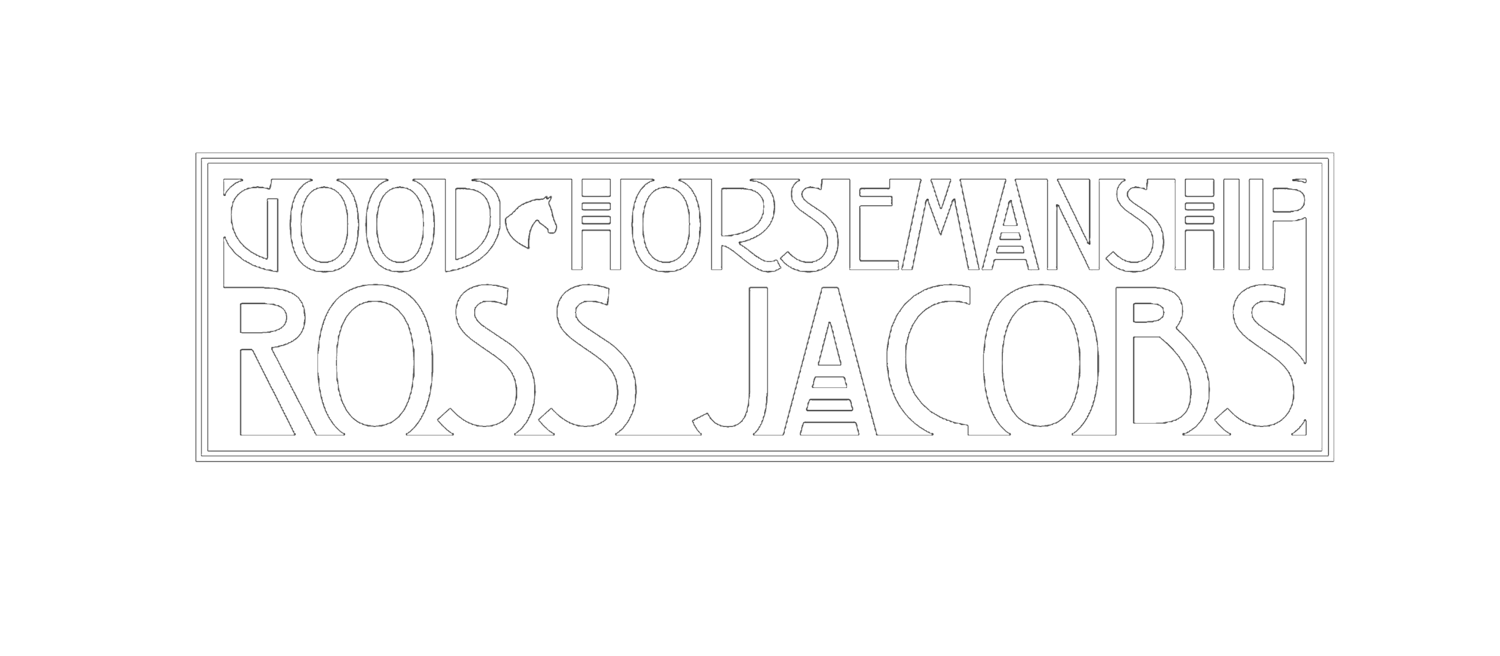Riding well is crucial for a horse’s overall well-being and long-term soundness. This is a fact. However, we also need to consider whether the way we train and pursue good biomechanics is beneficial for their mental well-being. We should never forget that a horse is not the sum of its parts. It is not a head, neck, body, and legs that we manipulate. A horse is a brain with body parts.
It seems today a lot of training narrows in on how to achieve biomechanical correctness. We focus on how to ride and train to achieve better carriage and straightness. We accept that correct movement is important to long-term physical soundness. We recognize that fact and agree with it.
But if correct biomechanics is our focus then we are guilty of thinking that a horse is simply a head, neck, body, and legs that we manipulate. It’s a vehicle trained for obedience.
Everybody knows a horse has a brain. Everybody knows a horse has its own ideas about how things should be done. Everybody knows a horse has emotions that largely determine its ideas and how things should be done. Yet well over 90% of the information of training is targeted towards how to make a horse do something like it was a vehicle with faulty gears and steering.
There are examples everywhere of trainers (both professional and amateur, famous and not so famous) demonstrating how to teach a horse something. When the horse makes a mistake the trainer corrects it by intervening in a way that aims to fix the mistake. The trainer then gloats that they have corrected the mistake and all is right with the world (for the moment). This thinking is akin to the mechanic fixing the steering wheel of your car and declaring all is right with the world again.
However, when it comes to horse training fixing the mistake of how it moved or balanced does not automatically make the horse’s world a better place unless you first change the emotions and mental process that led to the mistake. Only then is the world for the horse a better place. Changing what the body does or how it responds does not automatically fix the emotions and thoughts.
Many people believe that if you address what the body is doing you fix how a horse feels and what it is thinking. This is blatantly not true. We ride horses because they are so submissive and we can make them do amazing things while at the same time they are planning our demise and making funeral arrangements for us. I’ve worked many thousands of horses that have convinced me that focusing on the biomechanics of how a horse moves and balances is not how you influence its thoughts and emotions for the better. In fact, the other way around is the better path. First focus on soft emotions and clarity of thought and the correct movement and posture will follow.
The horse is a brain on legs.
This is such an obvious concept that I struggle to understand why people argue about it. But people do and will continue to because I suspect they are invested in their approach of focusing on biomechanics first. If you are not certain about this ask your horse and it will tell you. It won’t lie.

